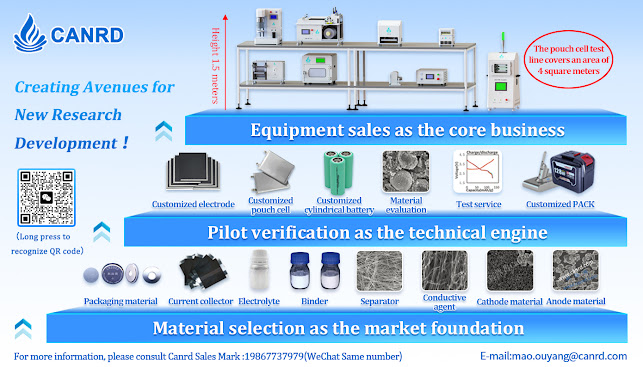Effect of coating process on lithium battery performance
Pole sheet coating generally refers to a process of evenly coating the stirred slurry on the current collector and drying the organic solvent in the slurry. The coating effect has an important impact on the battery capacity, internal resistance, cycle life and safety, ensuring that the pole sheet is evenly coated. The selection of coating method and control parameters have an important impact on the performance of lithium-ion batteries, mainly manifested in:








